West African Plants A Photo Guide Borassus aethiopum Mart.
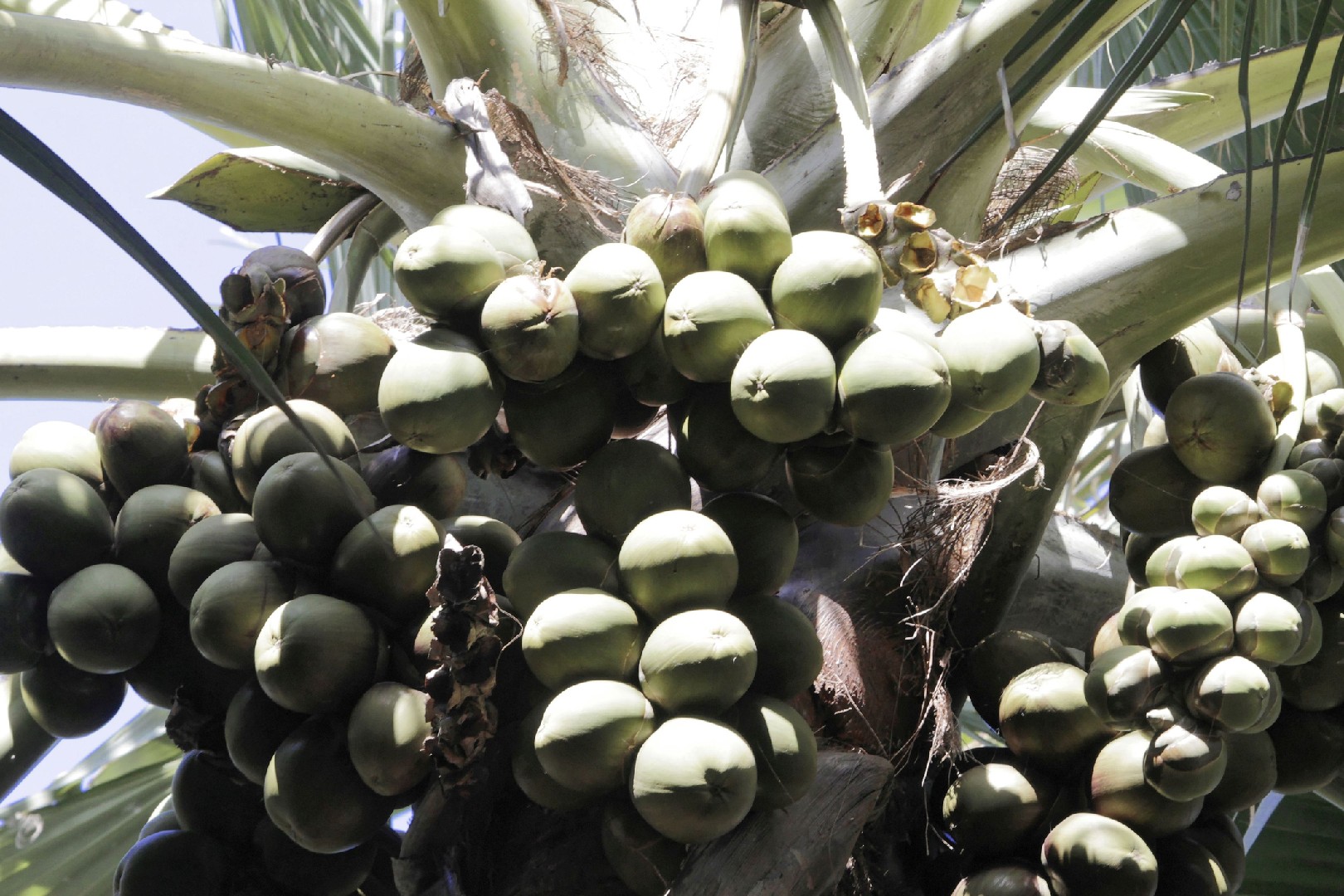
Борассус (Borassus) PictureThis
Borassus heineanus: New Guinea: Madagascar palmyra palm: Borassus madagascariensis: Madagascar: 3. Botanical feature. The scientific name Palmyra palm is Borassus flabellifer which is derived from a Greek word namely 'Borassus' means leathery fruit and 'flabellifer' which means leaves of the tree are fan shaped.
Scanning electron micrographs of Borassus pollen. A B. aethiopum... Download Scientific Diagram
Global Biodiversity Information Facility. Free and Open Access to Biodiversity Data.

Borassus heineanus Becc. Plants of the World Online Kew Science
Borassus heineanus is a species of a large solitary fan palm found only in northern New Guinea, in both Papua New Guinea and Indonesia, where it is threatened by habitat loss.. Also known as the New Guinea palmyra palm, B. heineanus grows up to 20 m tall with a robust trunk ringed with leaf scars; the old leaves remain attached to the trunk, but eventually fall cleanly.
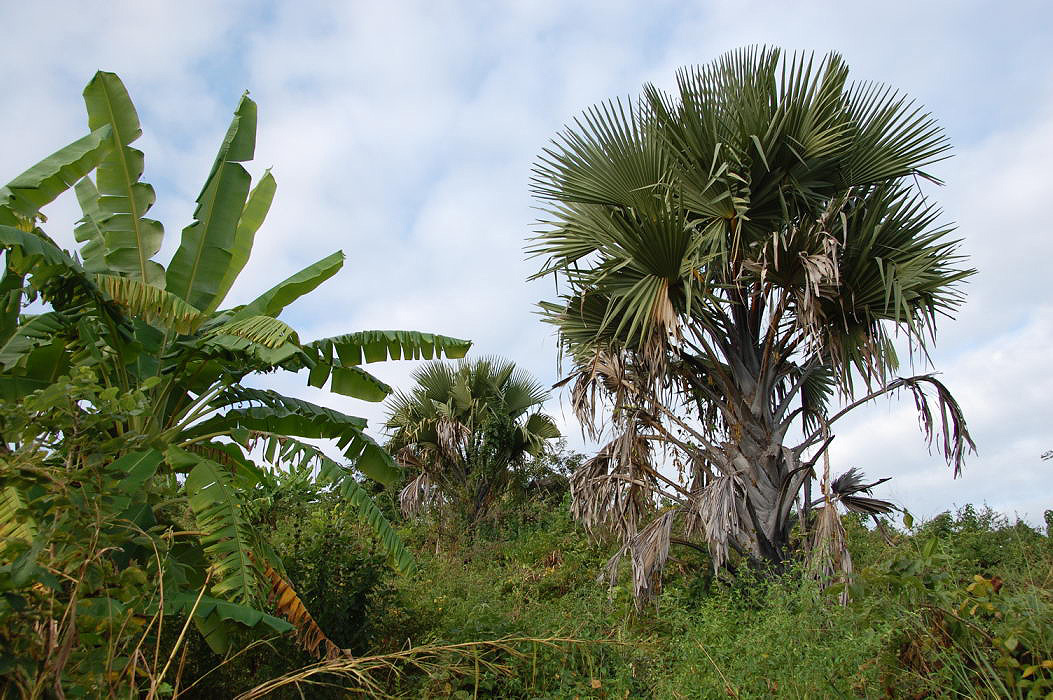
Flora of Zimbabwe Species information individual images Borassus aethiopum
TY - JOUR. T1 - Borassus heineanus from Papua New Guinea - A haunted palm? AU - Kjær, Anders. PY - 2003. Y1 - 2003. M3 - Journal article. SN - 1523-4495
healthy foods and fruits Borassus Aethiopum
African Borassus formed a clade more closely related to the Indo-Asian B. flabellifer than to the New Guinean B. heineanus. Borassus aethiopum was recovered as paraphyletic, with accessions from Burkina Faso, Cameroon, Kenya and Madagascar intermixed with B. madagascariensis (from Madagascar) and B. akeassii (from West Africa; Fig. 2).
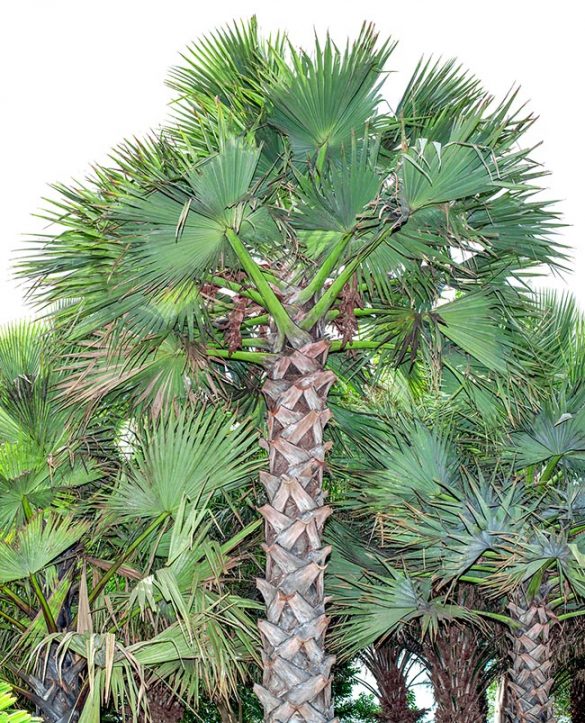
Borassus aethiopum Monaco Nature Encyclopedia
File: Borassus heineanus, Papua New Guinea by Herbarium of the University of Aarhus - DSCN5770.jpg From Wikimedia Commons, the free media repository Jump to navigation Jump to search
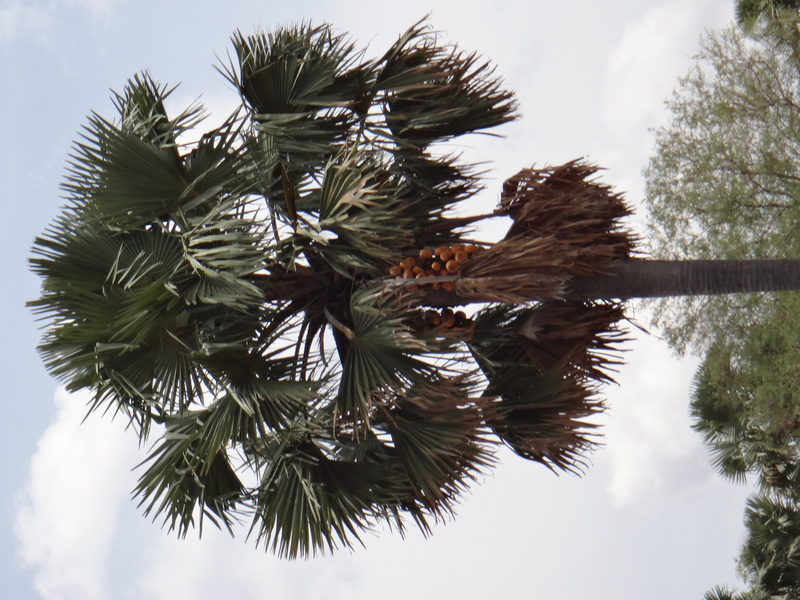
West African Plants A Photo Guide Borassus aethiopum Mart.
Borassus heineanus is a species of a large solitary fan palm found only in northern New Guinea, in both Papua New Guinea and Indonesia, where it is threatened by habitat loss. Also known as the New Guinea palmyra palm, B. heineanus grows up to 20 m tall with a robust trunk ringed with leaf scars; the old leaves remain attached to the trunk, but.

Borassus L. Plants of the World Online Kew Science
Borassus heineanus is by far the most distinctive species in the genus and this led Beccari (1924) to speculate that it should be transferred into Borassodendron. Both B. heineanus and Borassodendron occur in humid rain forest, generally an atypical habitat for Borassus. Unlike all other Borassus species, the petiole is always unarmed, the.
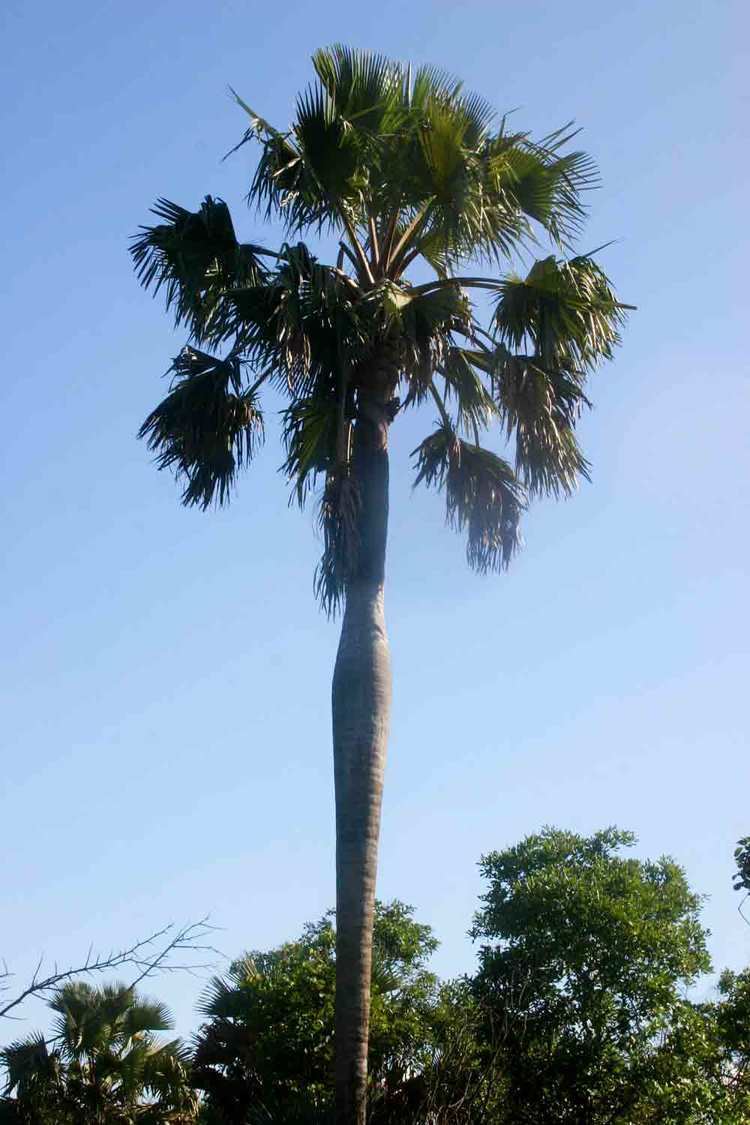
Borassus aethiopum Alchetron, The Free Social Encyclopedia
A taxonomic revision of the genus Borassus L. (Arecaceae: Coryphoideae. Borasseae) is presented. Five species are recognised: B. aethiopum from Africa and Madagascar, B. akeassii from West and Central Africa, B. madagascariensis from Madagascar, B. flabellifer from South and Southeast Asia and B. heineanus from New Guinea.
Fruits Borassus
Borassus (palmyra palm) is a genus of five species of fan palms, native to tropical regions of Africa, Asia, and Papua New Guinea. Description [ edit ] These massive palms can grow up to 30 m (98 ft) high and have robust trunks with distinct leaf scars; in some species, the trunk develops a distinct swelling just below the crown, though for.
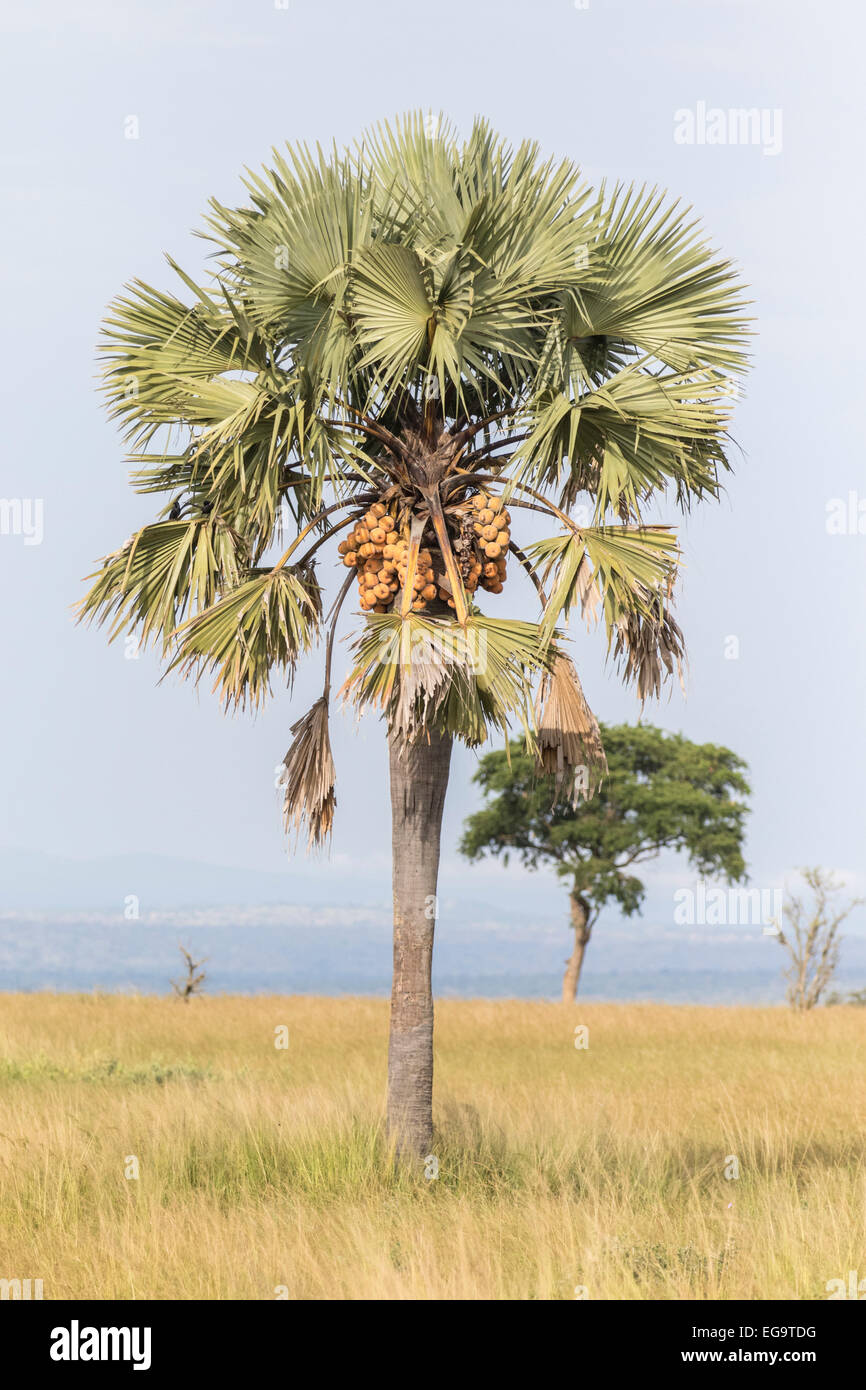
Borassus palm (Borassus aethiopum) in Murchinson Falls National Park, Uganda Stock Photo Alamy
Borassus heineanus: Papua New Guinea: Madagascar palmyra palm: Borassus madagascariensis: Madagascar: Palmyra palms are economically useful and widely cultivated, especially in South Asia and Southeast Asia. The palmyra palm has long been one of the most important trees of Cambodia and India, where it has over 800 uses. The leaves are used for.

Plantsnap Identify Plants, Trees, Mushrooms With An App
wfo-0000350423 Borassus heineanus Becc. Webbia 4: 354 (1914) This name is reported by Arecaceae as an accepted name in the genus Borassus (family Arecaceae ).
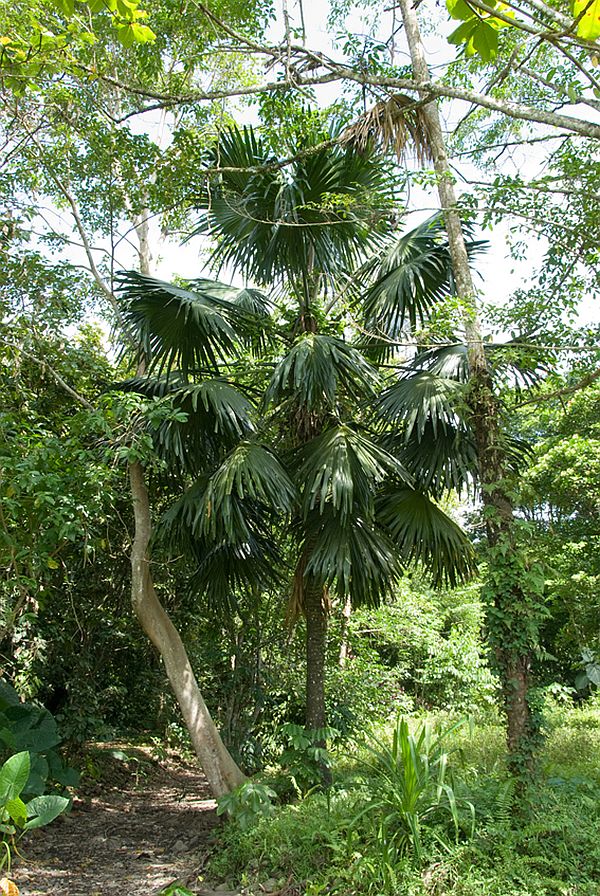
Borassus heineanus Palmpedia Palm Grower's Guide
Borassus heineanus is by far the most distinctive species in the genus and this led Beccari (1924) to speculate that it should be transferred into Borassodendron. Both B. heineanus and Borassodendron occur in humid rain forest, generally an atypical habitat for Borassus. Unlike all other Borassus species, the petiole is always unarmed, the.
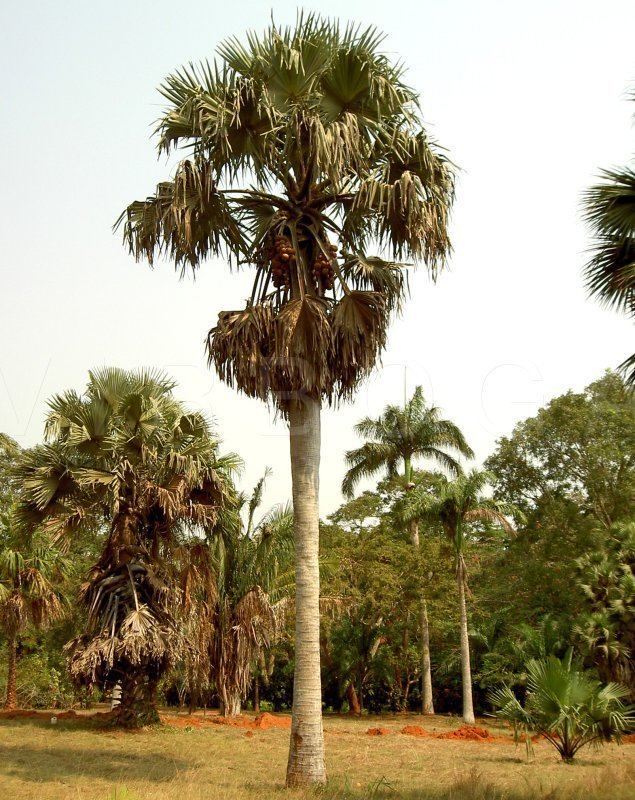
Borassus aethiopum Alchetron, The Free Social Encyclopedia
Fruit massive, 1-3-seeded, borne within the persistent perianth-segments; epicarp usually smooth or cracked vertically; mesocarp fibrous and pulpy Seeds each enclosed in a separate endocarp; endosperm homogeneous with a central hollow; embryo apical Female inflorescence simple or with 1-2 branches, clothed in large imbricate and connate bracts Female flowers massive, solitary, borne in the.
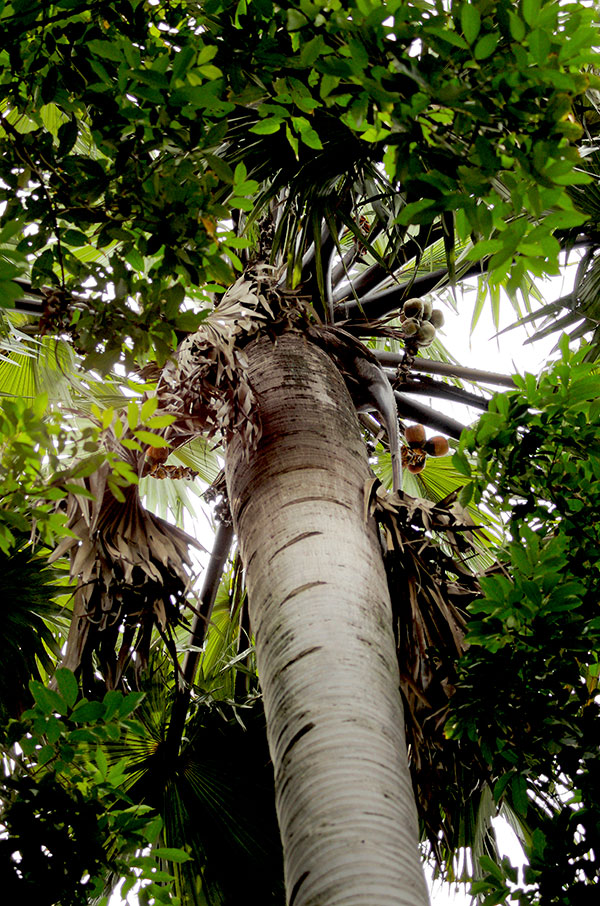
Die BorassusPalmen Toddy und vieles mehr Flora obscura
Borassus sundaicus Becc. from Indonesia and Borassus heineanus Becc. from New Guinea. The latter species is morphologically divergent from other Borassus species, and in some ways resembles Borassodendron machadonis (Ridl.) Becc. (Beccari 1924). In Africa, Beccari described B. deleb Becc. from Sudan and recognised three varieties of Borassus
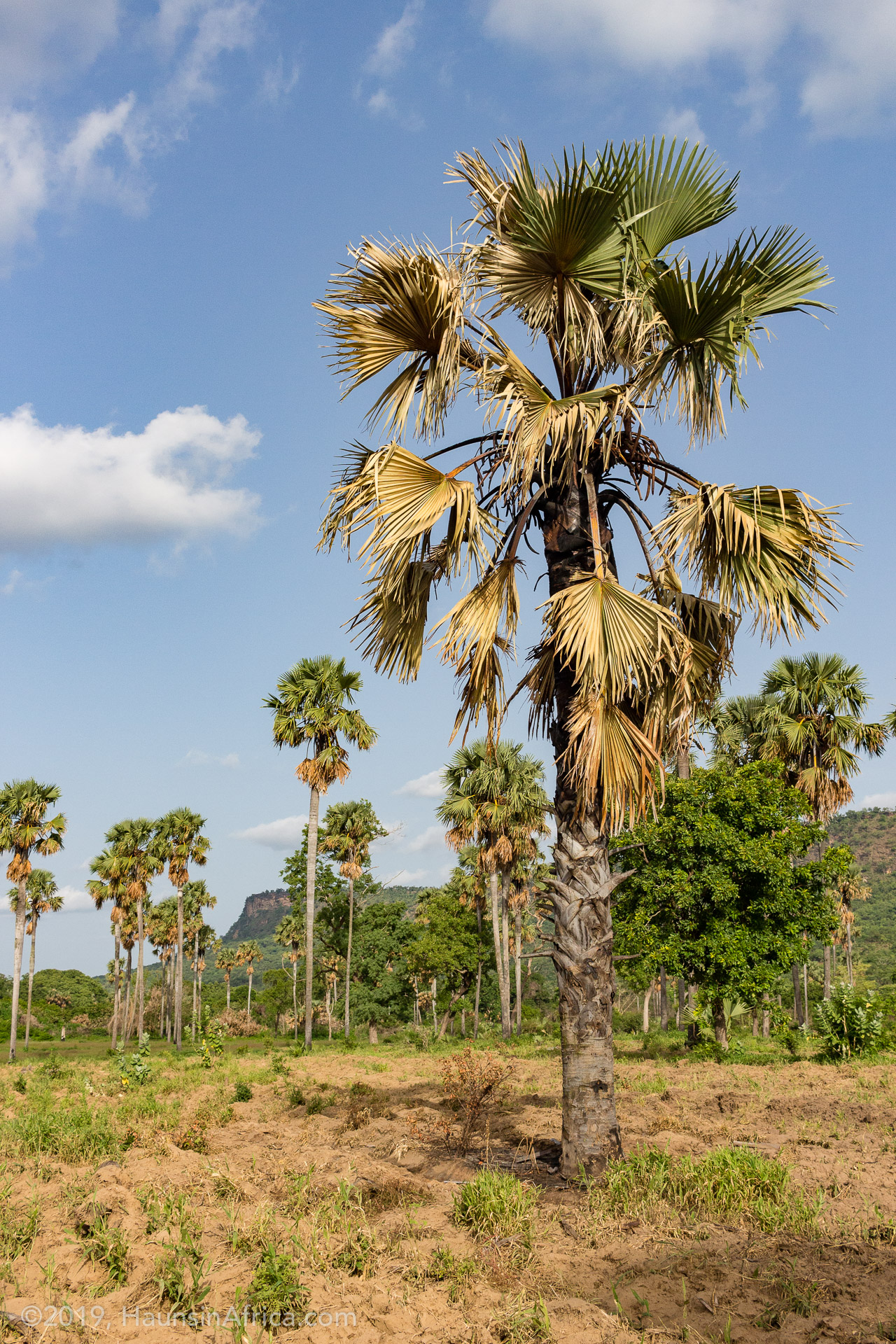
West Africa's Borassus Palm The Hauns in Africa
Borassus heineanus (also called Heine's Palm, among many other common names) is a palm tree native to Southeast Asia. It grows in moist forests and along the edges of rivers and streams. It has large, fan-shaped leaves and small, yellowish-brown flowers.